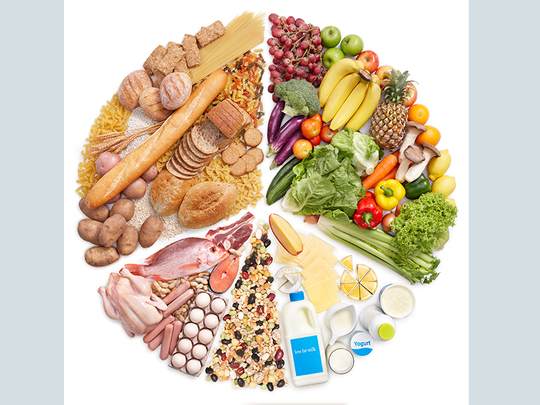
They say variety is the spice of life… and this holds true with your nutrition. Most humans are creatures of habit, who like to follow the same patterns that they are comfortable with. While change is difficult to adapt to, opting for variety in your diet will increase the chances of your body receiving enough carbohydrates, protein, fats, vitamins and minerals and help to reduce the risk of chronic diseases?
“There are food ideologists who follow trends like vegan, paleo, dairy free, gluten free, Keto, juice fasting, macro eating, clean eating and liquid feeds that really take the spice out of life,” says Stephanie Karl, Clinical Nutritionist at Emirates Integra.
“Everyone needs more or less the same nutrients to supply the building blocks for good health. This is fairly much dictated by our physiological pathways and our biomechanics. What differs is our genetic strengths and weaknesses indicating if we run smoothly along our biological pathways or whether we have inherited a few road blocks.”
To make sure that you are getting the right variety of foods in your diet, consume the recommended amounts from each of the five major food groups — grains, fruits and vegetables, dairies, meats and fats. Moreover, it is important to choose different foods from each food group. Selecting a variety of foods within each group is essential as foods within the same group contain different combinations of nutrients and other beneficial substances.
“You need to vary your diet because no single food can provide you with all the nutrients in the amounts that your body needs,” cautions Zeina Younes, Clinical Diabetes Dietitian Specialist at the Dubai Diabetes Centre, Dubai Health Authority (DHA). For example, oranges provide us with vitamin C, but not the vitamin B12, and meat provides us with vitamin B12 but not vitamin C. The more variety in the diet, the more likely you are to obtain adequate amounts of nutrients and fibre.”
Food Chemistry to help identify challenges
It is important that we pay attention to the combination of foods we consume in our daily diet. Having a diverse diet that is rich in high fat/calorie items will lead to a greater waist circumference and increase risk of disease. However, when our meals consist of a combination of food groups; such as a variety of fruits and vegetables, we will be obtaining healthy doses of various vitamins, minerals, antioxidants and phytochemicals; all of which will help lower risk of disease. When we increase the variety in healthy food items, this will lead to a decrease in the number of less healthy food items, which in turn will contribute to a lower risk of disease. Not only is it beneficial, but variety will also help make your daily meals more interesting.
According to Karl, putting all sciences together along with food chemistry helps identify where the pitfalls of good nutrition can become challenged and the plan is to then weave your health back into line. That is how the body and immune system is designed to let us know when things are not right and to set in motion a string of healing events.
Five major food groups
1. Vegetables and fruits.
2. Legumes and beans.
3. Lean meats and poultry, fish, eggs, tofu, nuts
and seeds.
4. Grain (cereal) foods, mostly wholegrain and/or high cereal fibre
varieties.
5. Milk, yoghurt, cheese and/or alternatives, mostly reduced fat.










